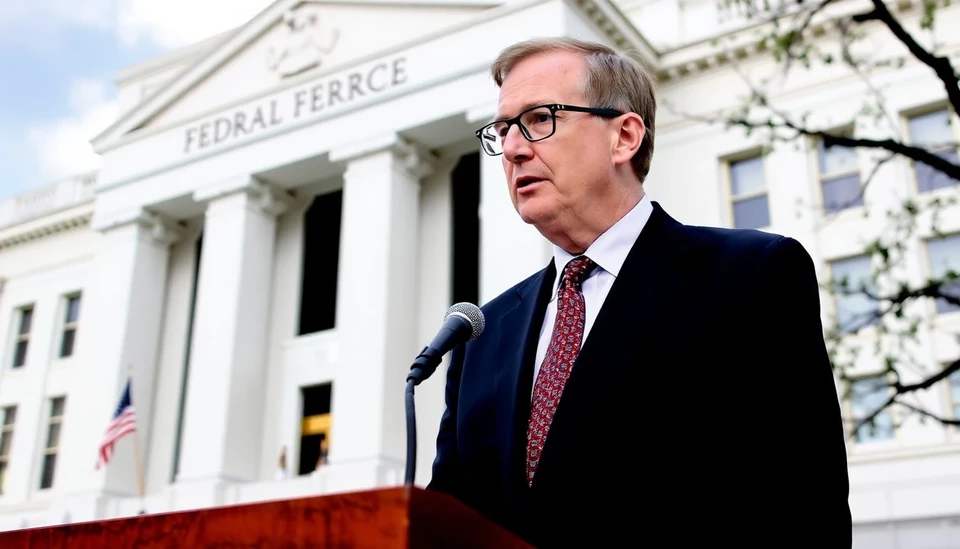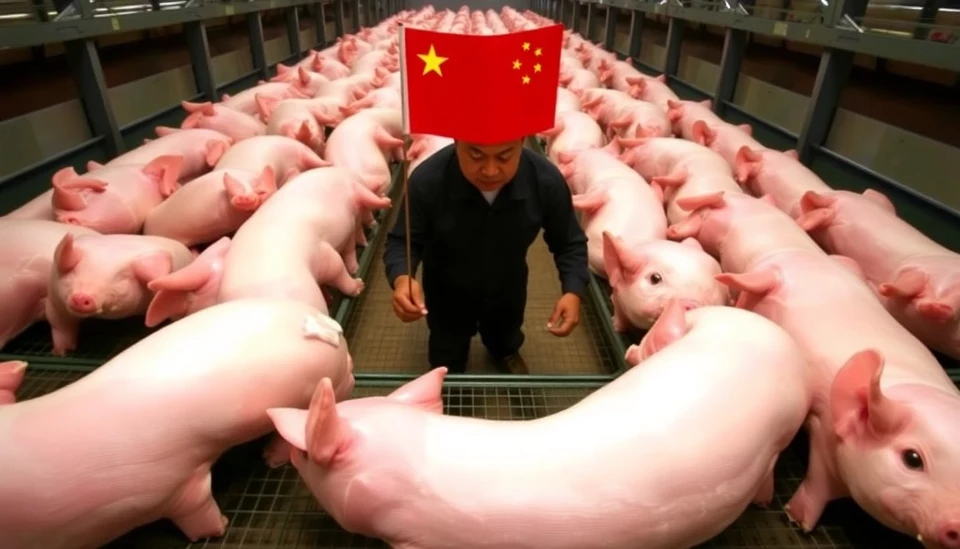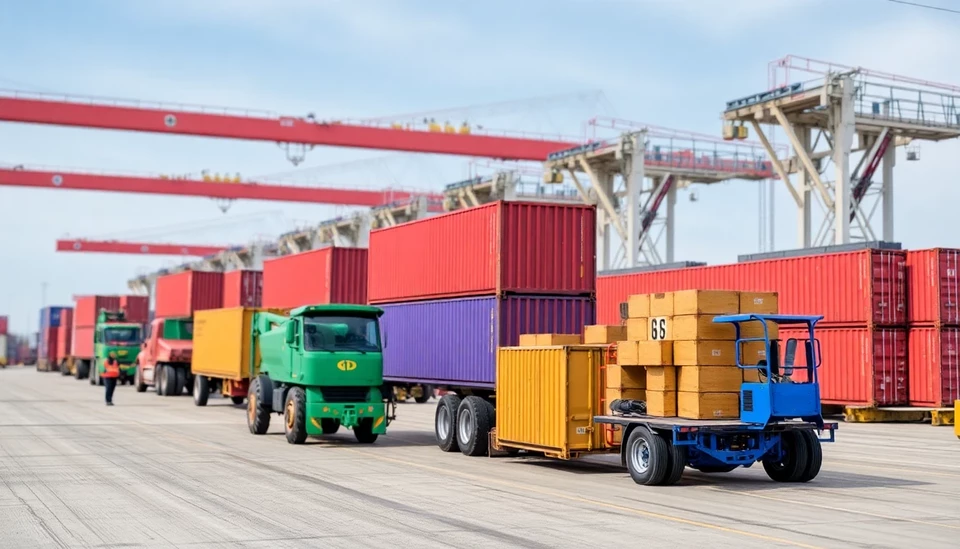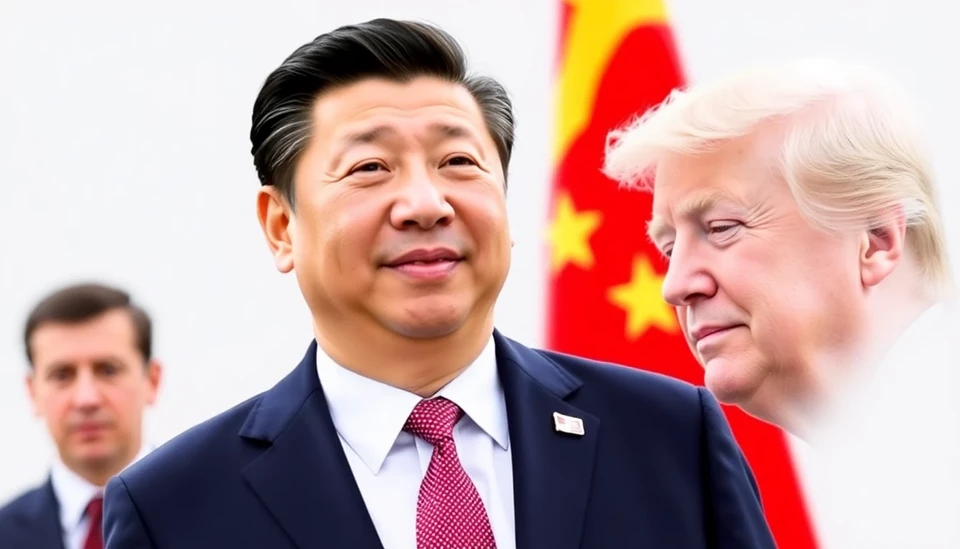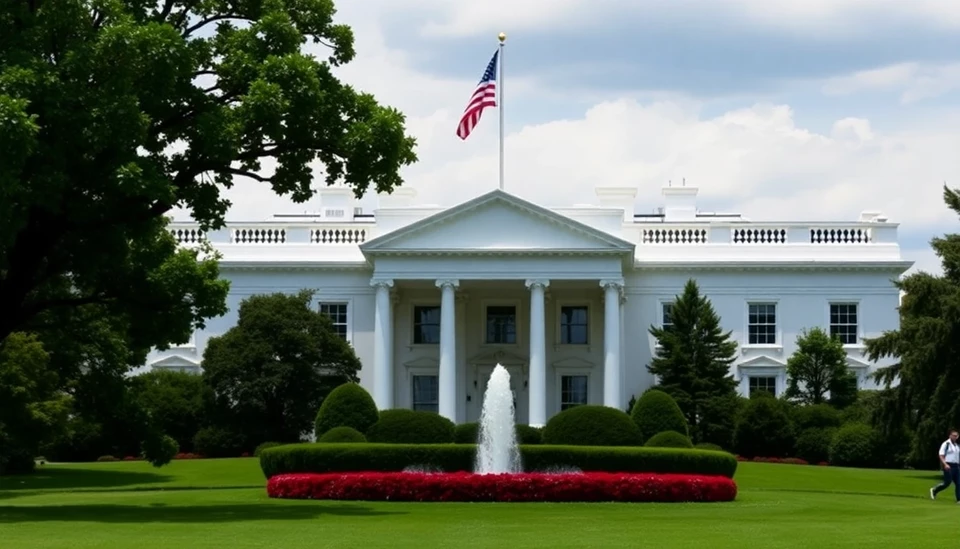
In a surprising yet carefully calculated move, the White House announced slight changes to the tariff levels currently imposed on various goods. The new adjustments, which are viewed as a response to ongoing trade negotiations and economic conditions, have sparked discussions among economists and business leaders alike about the implications for both domestic and international markets.
The revisions primarily affect selected commodities, with a focus on reducing tariffs on certain imports that have been subject to disputes between the U.S. and its trading partners. This strategic shift aims to alleviate pressure on domestic industries and consumers, who have been grappling with increased costs due to previous tariff hikes. By modifying these rates, the administration hopes to stimulate economic growth while fostering better relationships with foreign trade entities.
Among the notable changes, tariffs on imported steel and aluminum have received particular attention, reflecting the administration's commitment to balancing the interests of manufacturers and consumers. While these sectors have traditionally advocated for protective measures, the latest adjustments signal a possible shift toward a more nuanced approach that recognizes the interconnectedness of global supply chains.
Economists predict that such minor tariff modifications could lead to temporary fluctuations in market conditions, yet they also suggest that a long-term strategy rooted in negotiation and compromise might yield more stable outcomes for future trade relations. As discussions continue, stakeholders from various industries will be closely monitoring the ramifications of these adjustments, which could set the tone for upcoming trade dialogues.
This announcement arrives at a critical juncture, with several key trade agreements in negotiation. Analysts emphasize the significance of these changes in contributing to a favorable environment for discussions, potentially influencing the positions of other nations involved in trade talks. Business leaders are expressing cautious optimism, acknowledging the government's efforts to navigate a complex landscape while striving for equitable solutions.
As the administration seeks to maintain competitiveness and international cooperation, the impacts of these tariff adjustments will be felt across various sectors. From manufacturing to retail, the ripple effects will likely shape the economic landscape in the months ahead. Industry experts advise businesses to remain agile, adapting to new realities as economic policies continue to evolve.
In conclusion, the White House's latest tariff changes have opened the door for renewed dialogue among trading partners, foreshadowing a shift towards more flexible and collaborative trade relations. As nations respond to these developments, the potential for a comprehensive trade strategy grows increasingly plausible, prompting further analysis of how these adjustments will play out in the global arena.
As trade conversations evolve, stakeholders and policymakers alike must stay informed and engaged, ensuring that their strategies align with the swiftly changing global economic landscape.
#Tariffs #TradePolicy #EconomicGrowth #GlobalTrade #Imports #BilateralRelations #MarketEffects
Author: Rachel Greene
